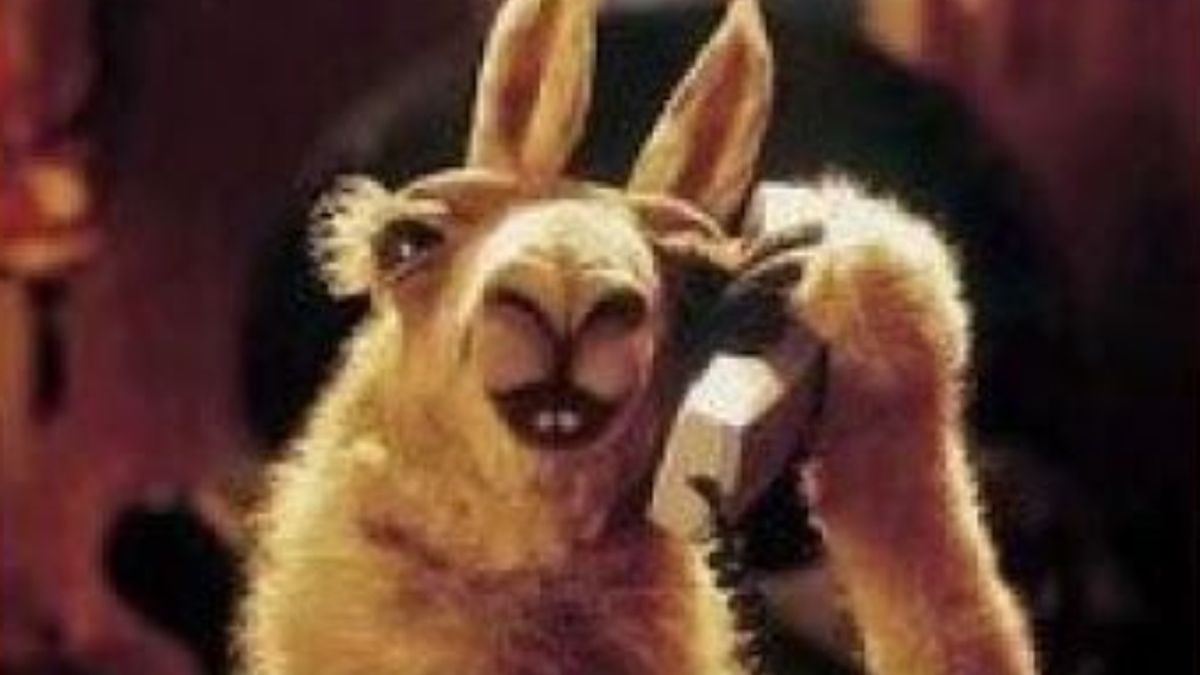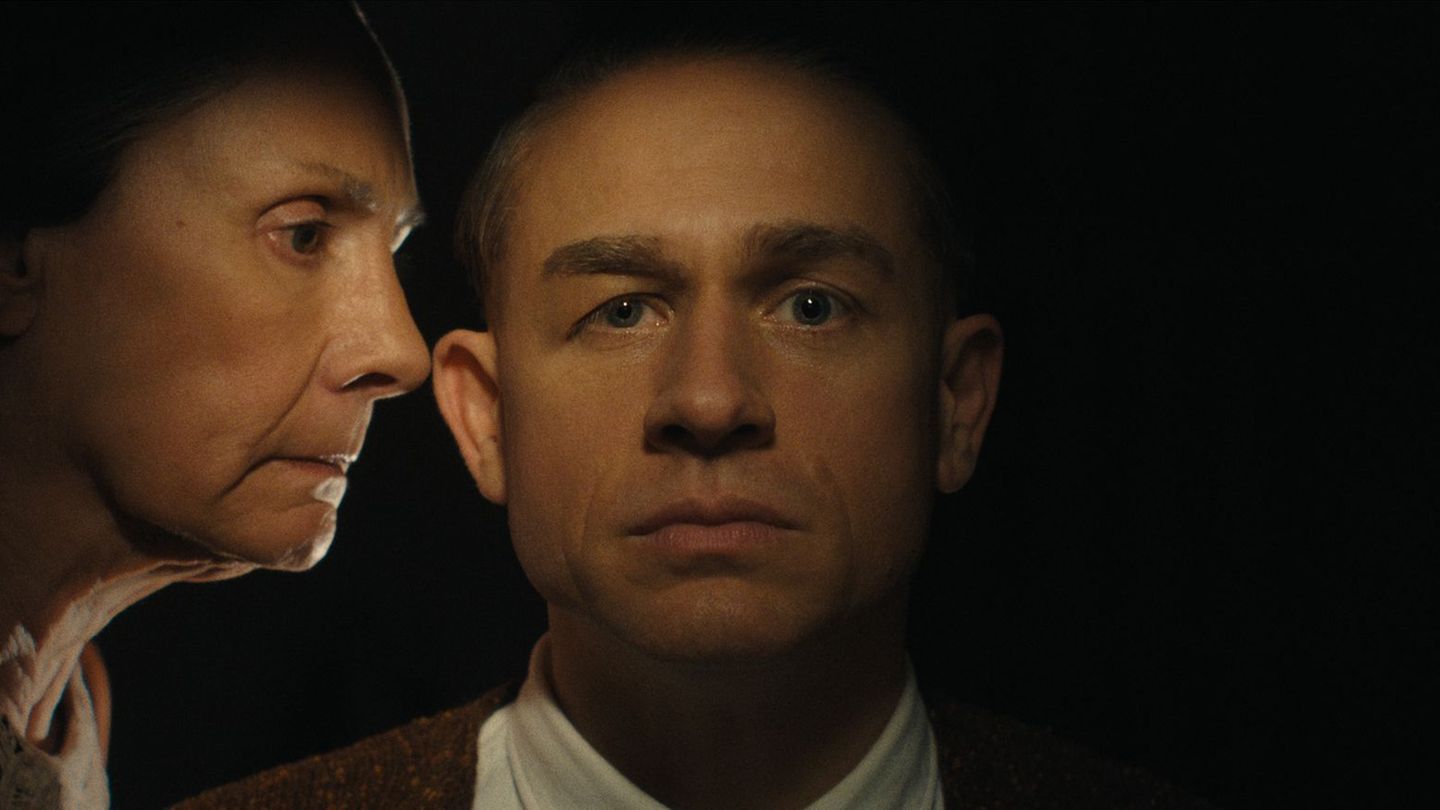The advertising industry and marketing They cross a deep change: more demanding consumers, fragmented means, attention deficit and a growing role in technology force brands to rethink their strategies. Creativity remains the decisive factor, but today he lives with data, metrics and experiences that seek to generate lasting links.
“Wallet Mata Galán” It was one of those popular phrases that seem to apply to all areas of life. In marketing and advertising, however, the wallet alone does not reach. A large budget can buy reach, but hardly build emotions or links that last over time. The brands that transcend those capable of seducing, generating experiences and providing more than a tangible benefit.
The strategies today are crossed by technology and data, which allow customers to know better and maintain with them a constant dialogue.
The Real -time metrics They show what works and what is not, but none of that serves if the “Truth Moments” are neglected: the concrete experience in interaction with the brand.
A great campaign can collapse if at the point of sale the treatment is not up to it. Advertising ceased to be an isolated act: it is a chain of systematic actions that must be aligned. In this sense, adaptation to the context is vital.
For example: the current consumer does not attend a phone call from an unknown number, but responds to a WhatsApp message. However, there are still companies that insist on to offer their services. That mismatch between customer habit and company practice can make a difference between loyalty or lose a user.
Change of time and greater dispersion
The comparison with past decades shows to what extent the stage changed. In the 80s and 90s, the most successful television programs reached 40 or 50 points ratings. Today that concentration is unimaginable.
Consumption migrated to streaming and social networks platforms, where multiple formats and proposals live together. In advertising, the frequency of long and narrative commercials was reduced, and the demand of customers grew to the rhythm of fierce competition and the need for immediate results.
Even so, something remains unchanged: a good idea, well executed, still has the ability to excel.
The emotional bond that achieves brands such as Quilmes or Coca-Cola is an example of consistency in the strategy. Their campaigns not only generate sales but become part of the collective ritual: the advertising of Quilmes in the summers or the World Cups, or the Christmas spots of Coca, are expected by consumers as a cultural event.
These types of milestones explain how a brand remains in force in hypercompetitive markets.
Technology, at the same time, democratized communication. Today any content creator can reach mass audiences without having gone through an agency. Influencers, streamers and even characters created with artificial intelligence compete for public attention.
The advantage is that the contents multiply and diversify; The disadvantage, that the attention deficit is increasing. In a saturated environment, brands have just three seconds to capture interest, a tab. Therefore, each point of contact with the consumer becomes decisive.
Genius remains human
Artificial intelligence adds speed and efficiency in operational tasks, but is still far from replacing the spark of a powerful idea. Generate a creative concept that moves remains heritage of human ingenuity. And, as the story of the “flame that calls” (the commercial remembered Telecom) shows, an original occurrence can mark a whole generation.
Looking forward, all supports will also face challenges. Not only the traditional media.
For example, Google searches decreased by the use of chat GPT. A traditional medium like public roads needs to evolve beyond LED screens, and cinema must find new ways to integrate into consumption increasingly dominated by the digital video.
Streaming and social networks will continue to adapt and none has the battle won. The video, in all its forms, will be the dominant format, also driven by the production provided by AI.
The future of marketing and advertising present some clear concepts, beyond the logical uncertainty of a new era: more immediate, more fragmented and with more information available than ever.
What is at stake is not the ability to spend more, but the ability to connect better. In a world of simultaneous screens and hyperexigent consumers, creativity is again – as always – the best wallet.
Unit Consulting Director
Source: Ambito
David William is a talented author who has made a name for himself in the world of writing. He is a professional author who writes on a wide range of topics, from general interest to opinion news. David is currently working as a writer at 24 hours worlds where he brings his unique perspective and in-depth research to his articles, making them both informative and engaging.




